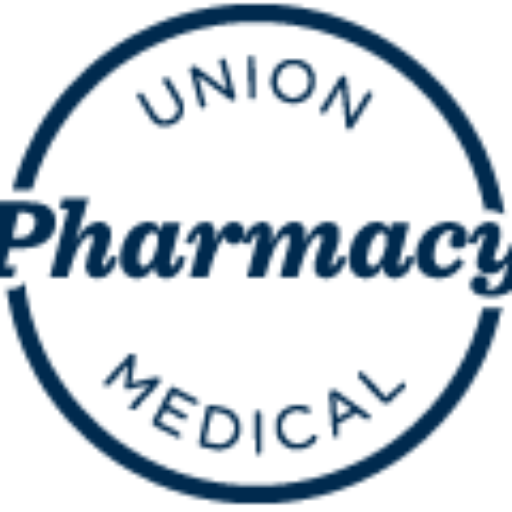Pancreatic cancer is generally considered to be one of the more untreatable cancers. While pancreatic cancer survival rates have been improving from decade to decade, the disease is still considered largely incurable. According to the American Cancer Society, for all stages of pancreatic cancer combined, the one-year relative survival rate is 20%, and the five-year rate is 7%. According to the Centers for Disease Control and Prevention (CDC), pancreatic cancer is one of the “10 most common cancers” that arise in both men and women in the U.S., and it is responsible for around 7 percent of all deaths to cancer.

Using two types of drugs at once may combat hard-to-treat pancreatic cancer.
A recent study may have found that a two drug regimen may be the next significant advance in pancreatic cancer treatment. The two drug approach looks promising after a recent study successfully tested it on pancreatic cancer cells and mice in the laboratory. The journal Nature Medicine published a paper on the new findings.
Pancreatic cancer and autophagy
The pancreas is a large, flat organ that sits behind the stomach. The primary function of the pancreas is to produce enzymes and hormones that help to digest food and control blood sugar.
Previous studies have shown that a key driver of pancreatic cancer is a mutation in the KRAS gene. However, when researchers have tried to develop treatments that target the mutation, they have not met with much success.
Other studies have also found that a process known as autophagy is more active in pancreatic cancers with a mutated KRAS gene. Autophagy literally means “self-eating.” Autophagy is a detoxification process the body uses to clean out damaged cells and regenerate new ones. When the body uses autophagy to recycle damaged cells, energy is released as a result. It seems that some of the energy that pancreatic cancer cells use to grow comes for autophagy.
But attempts to block autophagy and cut off the cancer cells energy source using a commonly available drug – hydroxychloroquine – has resulted in disappointment.
The researchers reasoned that when hydroxychloroquine was used the cancer cells simply switched to another energy source – glycolysis. So the researchers devised and tested a strategy where they blocked two energy sources using hydroxychloroquine and another common drug – trametinib. As expected, the researchers found that when they crippled the cancer cells two most significant pathways for energy the cancer cells began to suffer.
Pancreatic Cancer and Energy Inhibition
The reason that this experiment is so important is that it shows that a key to pancreatic cancer treatment may not be more potent energy inhibitors, but the idea of using multiple energy source inhibitors together. Cancer cells (both pancreatic and other types) have many options for energy — we know of at least four or five.
In addition, other cancer cells behave like pancreatic cancer, so this model of treatment might be extended to treating other cancer types.
Next Steps
This research was done in mouse models, and has already been replicated by another group of researchers which have come to the same conclusion in a different study. So that is reason to be optimistic.
The two drug combination is starting to be studied in humans and the preliminary results seem promising.
This may not cure for pancreatic cancer, but it may turn out to be a significant step in advancing survival with good quality of life. The two drug treatment is made up of available drugs which, unlike current pancreatic cancer treatment, are relatively inexpensive and have minimal side effects.

Leave a Reply